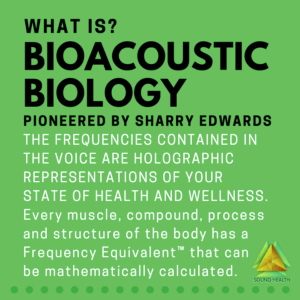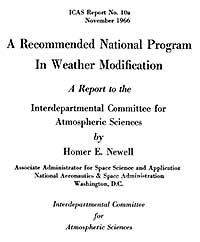Harry T. Whelan, MD, is Professor of Neurology and Pediatrics and Director of the Hyperbaric Medicine Unit at the Medical College of Wisconsin. He is also affiliated with Children’s Hospital of Wisconsin.
In 2000 Dr. Harry Whelan was inducted into the NASA Space Technology Hall of Fame for his research into the use of near-infrared LEDs for wound healing and the treatment of brain tumors and neurofibromatosis.
Dr. Whelan holds the rank of Captain and serves as the Senior Undersea Medical Officer for the Navy’s research and rescue team known as the Deep Submergence Unit. His research of health disorders, hyperbaric studies, and the therapeutic nature of LEDs has been documented in over 80 publications.
Other Honors and Awards
1995: Navy Achievement Medal (Research)
1997: Navy and Marine Corps Commendation Medal (Professional School Liaison Officer)
2001: Bleser Foundation Endowed Professorship awarded in Neurology, upgraded in 2008 to Endowed Chair
2004: Distinguished Research Professorship, National Defense University
2005: Senior R&D Officer, U.S. Navy Bureau of Medicine and Surgery
Click here to listen to Dr. Falkov’s earlier interview with Dr. Whelan that was aired on Jan. 29, 2010.
Reference
Mitochondria
by Regina Bailey
About.com
“Mitochondria are the cell’s power producers. They convert energy into forms that are usable by the cell. Located in the cytoplasm, they are the sites of cellular respiration which ultimately generates fuel for the cell’s activities. Mitochondria are also involved in other cell processes such as cell division and growth, as well as cell death.”





![[Most Recent Exchange Rate from www.kitco.com]](http://www.weblinks247.com/exrate/exr24_eu_en_2.gif)
